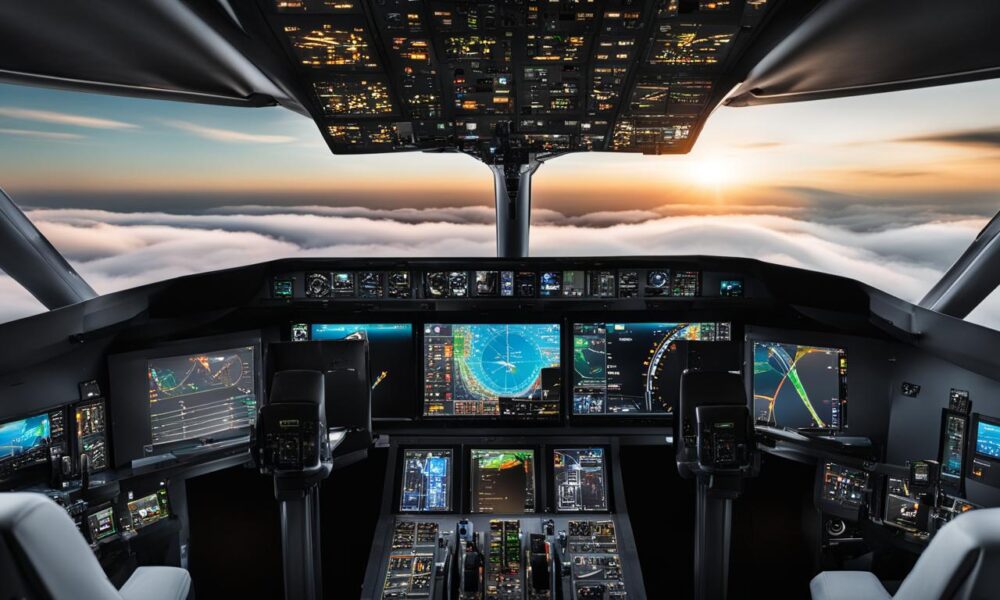Enterprise Resource Planning (ERP) software is not merely a tool in the fast-paced aerospace industry; rather, it is a game-changer. By optimizing workflows, increasing productivity, and ensuring compliance, these dependable systems are bringing about a revolution in the way that aerospace companies conduct their operations. In the following paragraphs, we will investigate the significant impact that enterprise resource planning (ERP) software has had on the industry, from the factory floor to the rooftops.
Integrated Logistics and Supply Chains:
Aerospace ERP Software is the central component in the complex global supply systems required for manufacturing aerospace products. It integrates a range of tasks, including logistics, production planning, inventory control, and procurement, enabling just-in-time deliveries, optimal inventory levels, and effective demand forecasts. This real-time supply chain information streamlines the entire process, ensuring the right parts are available when needed while reducing costs and lead times. ERP software is the key to a world where parts for airplanes are delivered exactly when they are needed, reducing delays and increasing efficiency.
Digital Twin Technology:
Digital twin technology is becoming more and more popular in the aerospace industry, and ERP systems are essential to its use. An aircraft engine, avionics system, or even the entire aircraft can be virtually replicated as a “digital twin.” ERP software creates a comprehensive digital twin by capturing data from sensors, maintenance logs, and operational factors. Engineers and maintenance teams may foresee issues, enhance performance, and simulate situations using this twin. Furthermore, the benefits of using digital twins extend beyond the realm of maintenance because they can be utilized in the design and manufacturing processes to improve product quality and efficiency. Using digital twins powered by enterprise resource planning systems, imagine being able to diagnose engine problems without disassembling the engine.
Traceability and Compliance with Regulations:
Businesses in the aerospace industry work in a highly regulated environment. Compliance with aviation authorities (like EASA or FAA) is non-negotiable. ERP software guarantees the accuracy of documentation, traceability of components, and compliance with strict quality requirements. ERP systems offer a strong framework for tracing the source of a crucial component or keeping records for audits. Time and money are saved since the likelihood of non-compliance is reduced and the audit process is expedited.. Imagine working in an environment where compliance is a given rather than a hassle—ERP makes this possible.
Predictive Maintenance:
Unplanned aircraft maintenance is expensive and inconvenient. The enterprise resource planning software is used to collect data from sensors, maintenance records, and flight logs. Notifications are sent to maintenance teams, trends are analyzed, and abnormalities are identified. This proactive approach to maintenance increases safety by increasing the lifetime of components and lowering the amount of unplanned downtime that occurs. Aerospace firms can increase overall operating efficiency, eliminate disruptions, and optimize their maintenance schedules by integrating predictive maintenance with ERP. Imagine being able to identify a worn-out bearing before it results in an emergency while in flight—predictive maintenance powered by ERP guarantees safer skies.
International Cooperation:
Aerospace initiatives require international cooperation. Efficient communication is essential for design teams located in one nation, manufacturing plants in another, and testing facilities in yet another. ERP solutions provide real-time communication, document sharing, and project management. In an industry where teams are often dispersed across many time zones and locations, this is extremely crucial. The enterprise resource planning (ERP) software offers a centralized platform for communication and data exchange, which guarantees that all individuals, regardless of physical location, agree. It is possible for engineers situated in separate time zones to cooperate on a design update of essential relevance when they use enterprise resource planning (ERP).
Conclusion
ERP software is the industry’s co-pilot as it rockets into the future. ERP solutions enable businesses to grow higher, faster, and safer by performing tasks like supply chain management and maintenance demand forecasting. ERP’s capabilities are further enhanced by the integration of technologies like digital twins and predictive maintenance, which makes it a vital tool for the aircraft sector. So buckle up—innovation is taking off, and ERP is your ticket to a future that is more productive, cooperative, and compliant.
